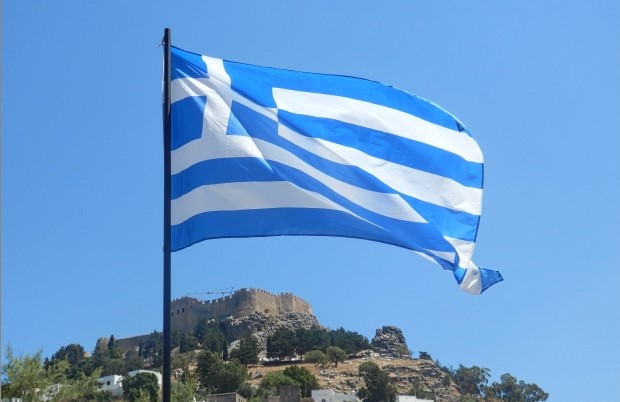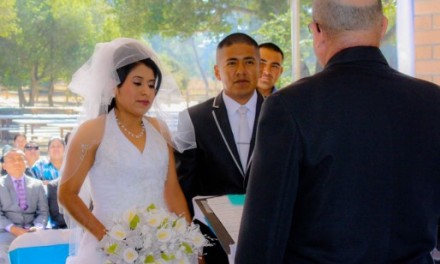A Big Fat Wedding: Celebrating the Uniqueness of Greek Heritage
Every culture follows its own customs and practices.
Whether it’s about celebrating birthdays or simply decorating homes, culture commands a great influence on how things are turned.
This is very true to those who came from a Greek lineage.
While there will always be some similarities of traditions in some cultures, there are still major differences in the customs followed in a Greek wedding that make it unique. So, What makes a Greek wedding distinctive from all other weddings?
Let us go through the different moments of a Greek wedding to determine how it is different from all other weddings celebrated in other parts of the world.
The Engagement.
Exchanging engagement rings between a couple in front of family and friends as witnesses is considered as binding as a wedding. Then, the engagement is usually followed by by a celebration.
The Dowry.
The concept of a dowry may not be uniquely Greek and may seem antiquated to other cultures, but it is still being followed by Greeks. It is usually the bride’s mother that prepares the dowry by collecting household wares such as linens, curtains, etc. The items collected as dowry help the bride to set up what she and her husband would need for their house.
The Wedding Date.
Almost after the engagement, the couple plans a date for the wedding. Most weddings in Greece are usually held on a Sunday. There are no restrictions on which day to marry except on some particular dates. Most of these days fall on the country’s religious holidays like some days during Lent and the Christmas season.
The Attire.
A traditional wedding veil of yellow or red, which represents fire, is commonly worn by the bride. These brightly colored veils are believed to protect the bride from evil spirits and demons.
Part of a Greek bride’s wear is a lump of sugar she must carry on her wedding day to ensure that she will have a sweet life. She may also carry ivy as a symbol of endless love.
Before the Wedding.
A few days before the wedding which usually falls on Wednesday, relatives visit the bride’s house to watch a boy and a girl sieving the flour. Silence is observed through the duration of the process until enough flour has been sieved. Then those who are watching throw coins into the sieve as they yell their wishes of good luck.
Two days after, the bride’s mother places a cooper pan in a sack. As the bride continues filling it and perhaps other sacks with her belongings, visitors place coins together with her things. This ceremony is known as ‘filling of the sacks’.
Meanwhile, the groom gives away bottles of wine to his relatives and friends together with a letter inviting them to attend the wedding. The father of the bride also sends wind for his friends and relatives. By Saturday, the bride walks around the village to invite her friends and give them sweets.
The Beginning of the Wedding.
The procession begins at the house of the groom where the wedding flag is located. Then the wedding flag bearer goes in front to lead everyone over to the house of the bride. Then the would-be mother-in-law serves the groom some herbs and wine for his lapel. As soon as he drinks the wine, the bride leaves the house and goes to the church clinging on the arm of her father while the rest follows her to the church.
Wedding Rings.
The rings used for the engagement are the same rings that would be used for the wedding rings. These rings blessed by the priest twice. The first s during the couples’ official engagement. The second is when the priest blesses the rings and as the couple wears the rings from their left ring finger to their right hand at the wedding ceremony.
Crowns.
While the ceremony takes place, the couple are crowned with thin crowns, or “stefana”. Their crowns are connected by a single stranded white ribbon. This is to signify the glory and honor that is being bestowed on them by God. This also symbolizes their unity as a couple and indicates the pair’s “rule” over their household.
Other Greek wedding traditions.
Although, these traditions are no longer widely practiced during weddings, they are still interesting traces of the rich Greek heritage.
• Rolling a baby on the marital bed is believed to encourage fertility.
• Throwing of money onto the marital bed also symbolizes luck and fortune for the couple.
• Pinning of money onto the bride and also the groom at the wedding reception is not solely Greek but is a tradition that invites fortune to rest on them..
If you have the chance to witness a Greek wedding, never hesitate to attend and be enthralled by the lavish traditions and symbols that depicts the kind of value Greeks bestow on love and marriage.





